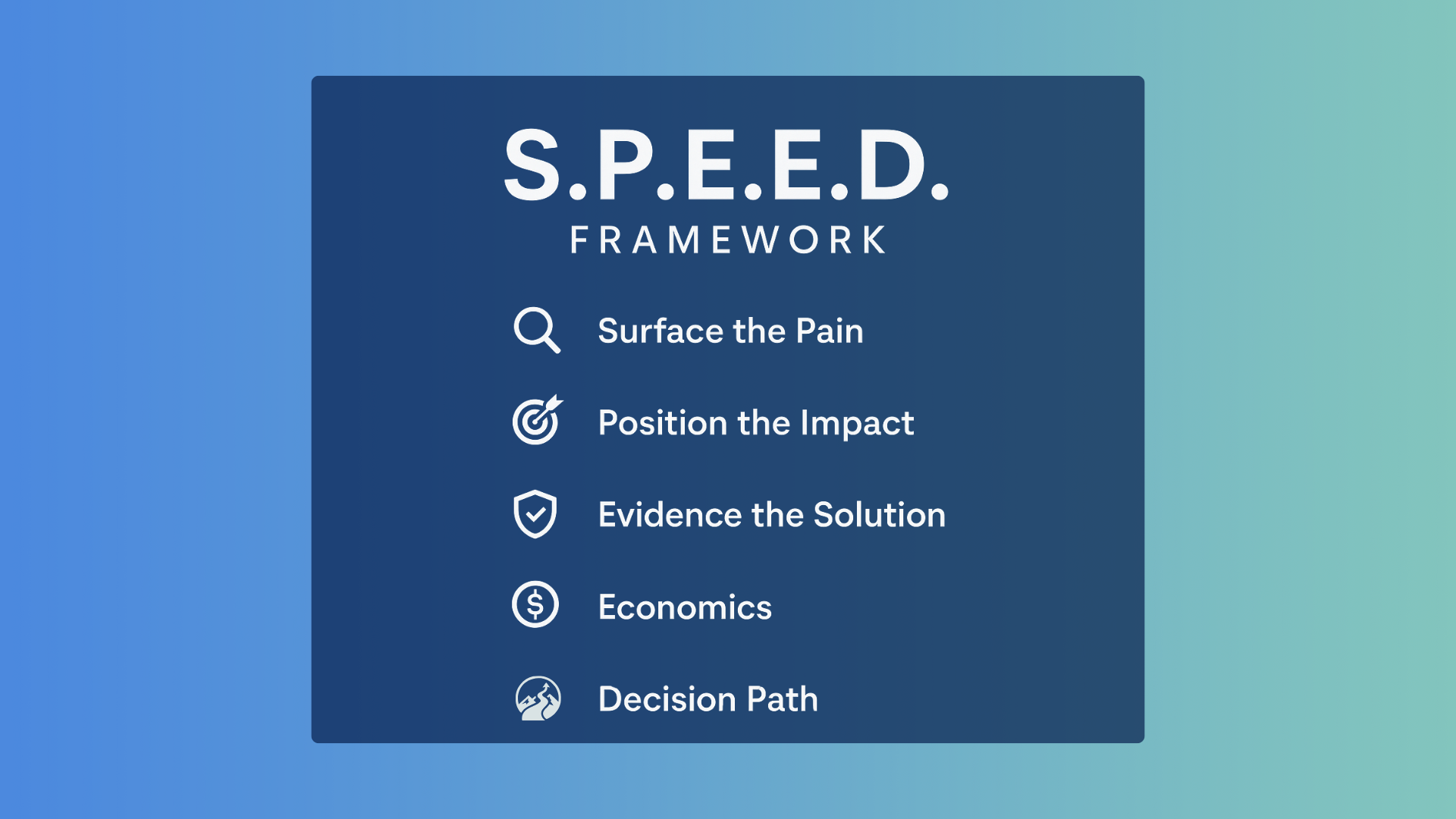Interpreting requires a good memory. But no matter how strong yours is, it’s still easy to forget important details. And that’s especially true when you need to interpret larger chunks of speech. Fortunately, there are plenty of note-taking methods that can help you recall details and dialog.
While there’s no right way to take note, here are five strategies to try.
Use the “Subject, Verb, Object” (SVO) method.
Write down the subject, verb, and object of the first sentence in descending order, diagonally to the right. Then separate each new sentence or topic with a horizontal line.
This will help you remember the main parts of a sentence and their hierarchical relationship to each other.
Write down keywords and abbreviations.
Instead of writing full sentences, jot down keywords and phrases that will jog your memory.
If you do need to write down a complete thought, use abbreviations where possible. To avoid confusion, write the first and last letters of the word. For example, “computer” can be abbreviated as “comptr”.
Write down key vocabulary or terms in order.
By writing down the most important terms in order, you’ll have a visual timeline of the dialog. This helps you connect them back to smaller details and can even help you recall difficult vocabulary.
You can also try checking each term off as you say it. This will help guide you through the sentence and help ensure you don’t forget anything.
Draw pictures and symbols.
Doodling can improve your memory, so feel free to sketch out some images as you listen.
You can also use symbols to signify the meaning of different words and phrases. For example, you can underline a word to indicate emphasis or draw a line through a word to indicate negation.
Group main ideas and supporting ideas.
Using keywords, write down the main idea of each topic as you hear it. Then write down keywords for the supporting points. Draw arrows to connect the ideas according to the flow of dialog. Think of it as “mind mapping” for interpreters.
More Note-Taking Resources for Interpreters
If you want a more detailed look at note-taking, check out:
- Boostlingo Learn – Remote Interpreter Training by Katharine Allen (still in Beta testing).
- Note-Taking on Consecutive Interpreting – The Seven Principles by Jean-Francois Rozan (Free PDF). (Most of our tips come from this guide.)
- Note-Taking for Consecutive Interpreting by Andrew Giles ($39.75 in paperback, $29.99 on Kindle)
- Note-Taking Manual: A Study Guide for Interpreters and Everyone Who Takes Notes by Virginia Valencia ($35 in paperback, $29.99 on Kindle, $0 on KindleUnlimited)
You can test out these techniques at home by interpreting podcasts or videos as you listen. And remember, developing a note-taking strategy that works for you takes trial and error, and of course, practice.
Looking for an interpreting solution for your company? Contact us today for a free consultation.



